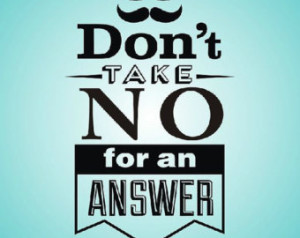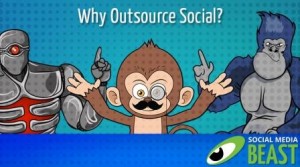
Companies have more information at their disposal than ever before; unfortunately, most don’t know how to make sense of all of it. They understand the purpose of the individual data sets but have no structure in place to evaluate data in a holistic way.
Let’s talk about channels
When marketing professionals talk about data, they discuss them as “channels.” Simply put, a channel is where the information comes from ─ how it was gathered, what it represents, etc. Mobile app traffic is a channel, mobile Web traffic may be another, Web traffic is a third. Every company collects information in different ways. Some don’t have brick-and-mortar locations, some don’t have customer loyalty cards (another channel), but every company gathers as much data (that is relevant to their service or product) as possible.
If a company accrues information about a single customer from three to four different channels, but does not aggregate and contextualize that information appropriately, they create a false understanding of that customer. Rather they have what appears to be complete data on three to four different customers. The flaw in this logic quickly becomes apparent. If this hypothetical customer price-checks an item on their phone while shopping and then later looks up the same product from a different device, the business lacks the ability to recognize interest and curiosity.
Omni means understanding
Every action that is performed in the digital world leaves behind fragments, traces of data that present incomplete information. By gathering those fragments marketing professionals gain snapshots, moments of understanding. By combining those snapshots, marketers can contextualize the motion of the user. In understanding, the brand can better interact with and serve the user and the marketer can anticipate need and desire.
What does omnichannel look like?
An effective omnichannel experience varies depending on the services or products offered, but at the core it is about providing necessary functionality to users across all platforms and collating that information in a way that makes it clearer. A company that is strictly Web-based should allow shopping carts, order histories, and recently viewed items across all platforms. If a company utilizes physical locations as well as a strong digital presence, they can allow users to purchase online and pick up in store. They can use rewards cards to track purchases and then offer products that the user may be interested in.
An omnichannel approach requires a robust analytic system in order to achieve a successful implementation. It may even require multiple systems working in concert. Evaluate where your information is coming from and develop a strategy for combining the various information streams in a contextually relevant way that allows your organization to extrapolate the key metrics.
Chipotle Mexican Grill allows users to order food online and through their mobile app. Both spaces share functionality and allow the same experience. Users can order and schedule pick-ups, and they can track past orders and save them as favorites.
Walgreens is currently engaged in a strategy called “Creating a Well Experience” that uses their physical locations as fulfilment centers, allowing Web and mobile app to have a convenient and seamless experience.
Nobody is Perfect
Since this is an emerging trend in customer interaction, and one that requires paradigmatic shifts across the board, nobody has found a perfect strategy. But by working to develop a strategy and an infrastructure to aggregate and process this information, marketing professionals can leverage these insights to create fluid, convenient user experiences.
Since no company has yet perfected the omnichannel approach, since there is not yet a benchmark by which to evaluate success or failure, there exists the opportunity to be the first. In years to come an omnichannel solution will become the standard for all companies and organizations, and consumers will come to expect that level of care, that agility, and that fluidity of experience. The first company that achieves it will be lauded for their efforts. Who wouldn’t want that?
(211)






